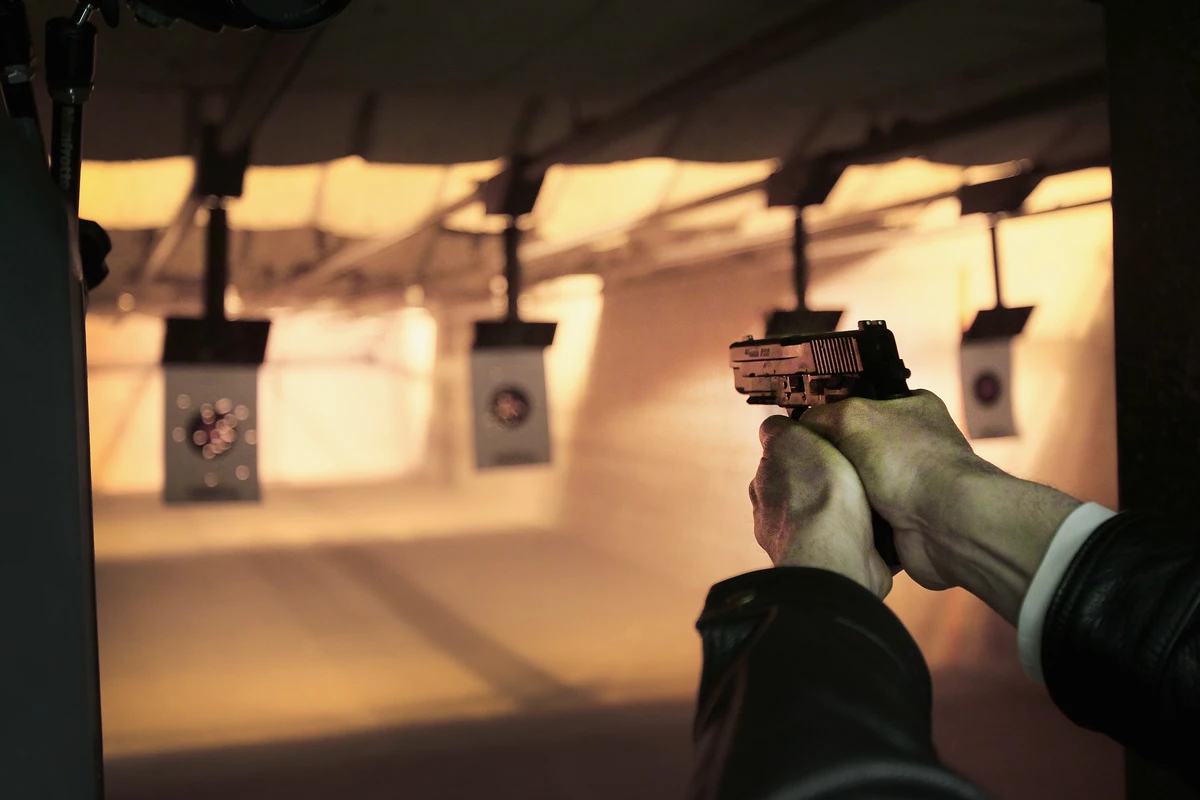Firearms training is essential for learning to handle guns both safely and effectively. For beginners, the path to proficiency is often marked by common mistakes that can impede their progress and introduce unnecessary risks. Understanding and correcting these errors early is crucial for anyone committed to becoming a skilled and responsible shooter. This article aims to highlight the top five mistakes beginners frequently make during firearms training. It will offer practical advice and strategies to help new shooters avoid these pitfalls, ensuring they develop good habits from the start and achieve a higher level of competence and safety in their practice.
Improper Grip on the Firearm
One of the most common mistakes beginners make is not understanding the importance of a proper grip. How you hold the firearm directly affects your control, aim, and recoil management. A weak or incorrect grip can lead to missed targets and difficulty in maintaining control, especially when firing multiple rounds.
How to Avoid It:
To ensure a solid grip, both hands should work together to provide maximum stability. The dominant hand should firmly wrap around the handle, while the support hand should press against the opposite side, creating pressure from both directions. Your thumbs should be aligned, with your dominant thumb resting above the other. Practice this grip to make it second nature.
Ignoring Trigger Control
Trigger control is another area where beginners often falter. Many new shooters tend to pull the trigger too hard or too fast, which causes the gun to jerk and results in inaccurate shots. Proper trigger control is about smooth, consistent pressure to avoid any sudden movements that could throw off your aim.
How to Avoid It:
Focus on applying gradual pressure to the trigger until it breaks, rather than jerking or slapping it. Keep your finger placed on the trigger’s center and avoid excessive movement. With practice, you’ll develop a smoother, more controlled pull that leads to more accurate shots.
Incorrect Stance
Your stance is the foundation of good shooting. Many beginners underestimate its importance, often standing too rigidly or with poor balance. Without a stable stance, you’ll struggle to manage recoil and maintain accuracy, especially when moving or shooting rapidly.
How to Avoid It:
Adopt a balanced stance where your feet are shoulder-width apart, with one foot slightly forward. Bend your knees slightly, lean into the gun, and keep your body relaxed. This stance will help you absorb recoil and maintain better control over the firearm. As you progress, experiment with different stances to find what works best in various shooting scenarios.
Focusing Only on Accuracy, Not Safety
A significant mistake beginners make is concentrating solely on hitting targets and overlooking essential safety measures. While accuracy is important, safety should always be the top priority during firearms training. Handling a gun without proper safety precautions can lead to serious accidents or injuries.
How to Avoid It:
Always follow the basic rules of firearm safety: treat every gun as if it’s loaded, never point the firearm at anything you don’t intend to shoot, and keep your finger off the trigger until you’re ready to fire. Additionally, be aware of your surroundings and always ensure that the area beyond your target is safe. Attending a course with the best NRA instructor for firearms training can provide you with expert guidance on both safety and accuracy.
Neglecting to Practice Regularly
Many beginners think a few training sessions are enough to master firearms, but this is far from true. Firearms training is a perishable skill, meaning if you don’t practice regularly, your skills will diminish over time. Beginners often make the mistake of thinking they’ve learned enough and stop practicing, which can lead to bad habits forming or skills deteriorating.
How to Avoid It:
Consistency is key to becoming proficient with firearms. Schedule regular practice sessions to maintain and improve your shooting ability. Vary your training to include different firearms, scenarios, and drills. Whether at the range or with dry-fire practice at home, make a habit of honing your skills.
Final Thoughts
Mistakes are a natural part of the learning process, especially when it comes to firearms training. However, recognizing these common pitfalls and taking steps to avoid them will accelerate your progress and make your training sessions safer and more effective. By focusing on proper grip, trigger control, stance, safety, and regular practice, beginners can set themselves up for success. Taking time to train under a good instructor for firearms training can ensure that you receive professional, comprehensive guidance on how to avoid these mistakes while becoming a responsible and skilled shooter.


